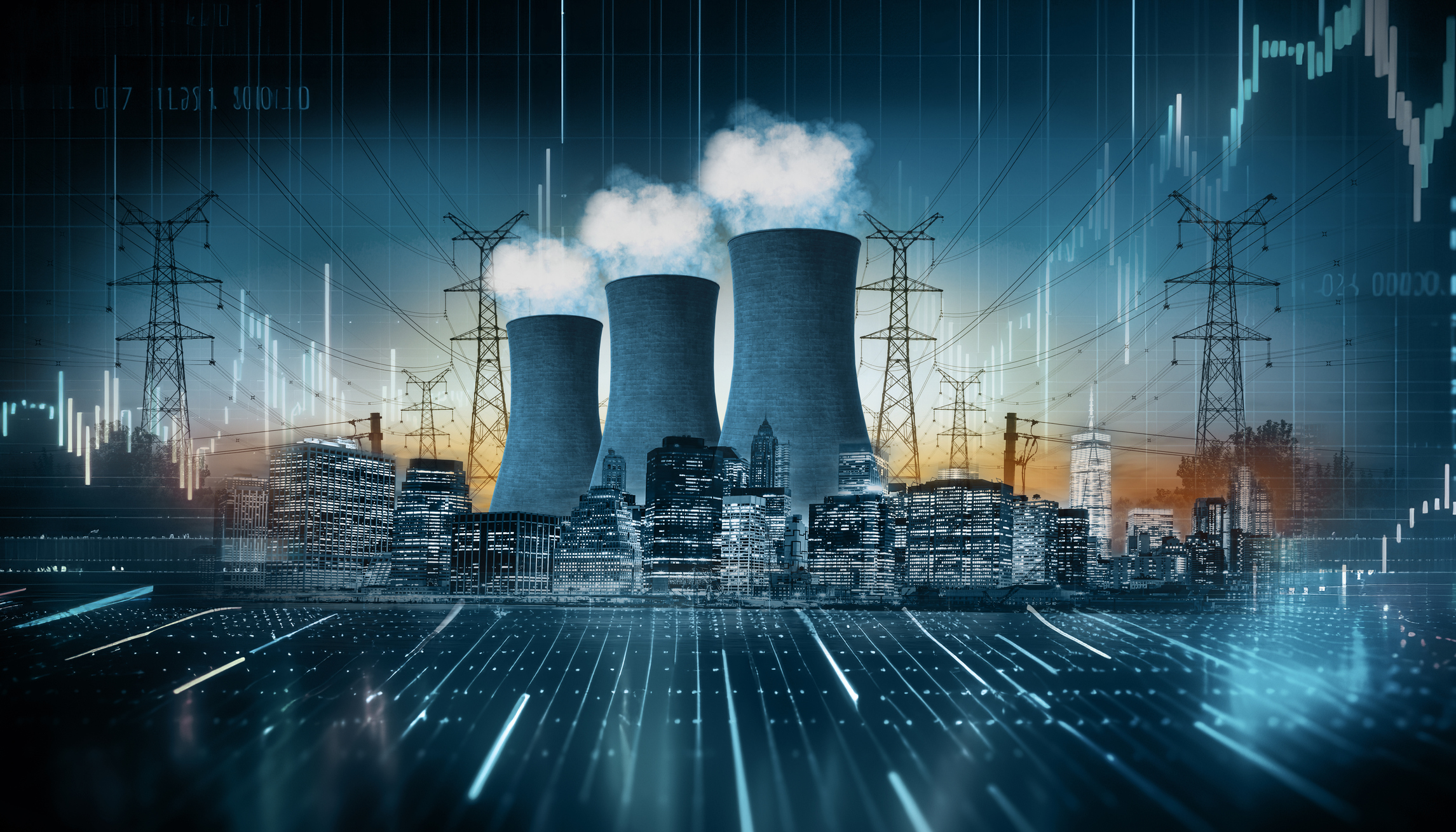The U.S. power grid has proven particularly reliable over time, providing an average of 99.95% year-round reliability, with the total average outage times across the country amounting to about 5 hours of power loss. These outages are caused by many factors, including the strain that electrification and decarbonization place on the grid, aging infrastructure, and the erratic weather patterns and temperature extremes brought about by climate change. These challenges are ultimately surmountable, but implementing any energy transition requires time and patience. Unfortunately, whether it’s budgetary or regulatory constraints or an overwhelmed interconnection queue, this leaves grid operators vulnerable to energy insecurity. Fortunately, distributed energy resources (DERs) provide an opportunity for grid operators to better manage demand by using existing, community energy assets. So why aren’t distributed energy sources (DER) a cornerstone of load management?
The Evolution of DERs
If you’re reading this, you likely already know the answer to this question. A distributed energy resource (DER) is any number of behind-the-meter assets that generate and/or store energy, which includes solar, battery storage, electric vehicles and EVSE, and smart home devices like thermostats and water heaters. These devices provide opportunities for utilities to shift load, whether that’s through concerted conservation efforts like demand response or EV managed charging, or through virtual power plant functionality. DER technologies provide non-wires alternatives to utilities, lowering the costs involved with engaging these devices in demand flexibility programs. Furthermore, because these are locally available, they can quickly and efficiently meet demand; they have less distance to travel.
The U.S. boasts more than 7K power plants and over 160K miles of electric lines to find customers. As such, the closer energy is to where it’s needed, the more efficient and effective the outcome. For the last century or so, managing load during peak periods of demand has entailed often costly peak-energy purchases or the equally costly (and dirty) use of peaker plants. Through customer adoption and government incentives, the public has increasingly adopted DERs for use in the home.
Where is the U.S. w/DER Market Adoptions Today?
In fact, a recent Wood Mackenzie states that the U.S. is set to add 217 GW of distributed energy resource capacity to the grid by 2028, mirroring projections from the Department of Energy’s Pathways to Commercial Liftoff: Virtual Power Plants Report. In that report, the Department of Energy found that to continue to meet needs, the U.S. must deploy 80-160 GW of virtual power plants by 2030 to keep pace with rapid electrification efforts. With that goal underway, why aren’t distributed energy resources utilized more than they are?
Types of DERMS
Distributed energy resources are, you guessed it, managed by a distributed energy resource management system (DERMS). A DERMS platform serves as the backbone of any demand flexibility initiative by aggregating and shifting energy assets as needed to meet needs. As such, there are two types of DERMS to identify:
- Grid-Edge DERMS – A cloud-based SaaS solution that utilities can use to manage behind-the-meter assets.
- Grid DERMS – A Grid DERMS is used to control utility-owned energy assets.
Because grid DERMS access utility-owned energy assets, they have proven effective for grid operators who require power on demand reliably. By contrast, grid-edge DERMS allow utility operators to access the wealth of communally available DERs. With more DERs in the world, and increasing access to WiFi and broadband, load flexibility is easier than ever, and without the need for expensive infrastructure upgrades or costly capital investments.
The Problem with Distributed Energy Resources
Ultimately, there is no problem with DERs that cannot be effectively resolved. For utilities, these challenges include a multitude of obstacles including:
- Behind-the-Meter DERs Are Often Considered Unreliable – DERs can prove intermittent for utilities, whether through changes in the weather (cloudy days blocking solar panels), customer program opt-outs, and more.
- Device integrations – Connecting with an OEM requires the right API to realize, which can add time and costs to development.
- Customer Participation – In order for any residential demand flexibility program to work, customers must participate throughout the event. As customers drop off, demand in turn diminishes. Furthermore, some customers are apprehensive about enrolling in a demand program and require education in the process.
Again, grid DERMS have proven useful to grid operators, who can reliably bank on their event outcomes, which is necessary to keep the grid in balance at all times. So how can grid operators get the assurance necessary to utilize residential demand flexibility programs to mitigate energy insecurity without having to deploy costly peaker plants or expensive peak energy rates?
Topline Demand Control & DERs
Topline Demand Control is a novel solution to the intermittency of distributed energy resources in residential demand programs. Topline Demand Control uses artificial intelligence, demand forecasting solutions, and model predictive control to manage residential, behind-the-meter DERs through enhanced optimizations. Through Topline Demand Control, grid operators can determine the aggregate amount of available demand possible from residential DERs.
For example, if X is needed to ensure grid stability, Topline Demand Control will provide a real-time analysis tailored to the needs of grid operators and program managers. That means that each residential demand flexibility event can now feature reliable, predictable outcomes. Through the forecasting component of Topline Demand Control, the more a utility employs its programs, the more historical data that the system can use to optimize DERs at the individual device level, reliably providing demand as needed.
Grid Operators & DERs Conclusion
With continuing electrification and decarbonization efforts, distributed energy resources represent a vast and often untapped opportunity for grid operators and utility program managers to meet demand without the associated high costs. Understandably, distributed energy resources are only as effective as they are reliable. Fortunately, while grid DERMS provides those opportunities for grid operators now, that leaves a lot of opportunity for residential demand programs to help meet needs. Topline Demand Control enables that reliability, transforming residential distributed energy resources from an opportunity to an operational certainty.





